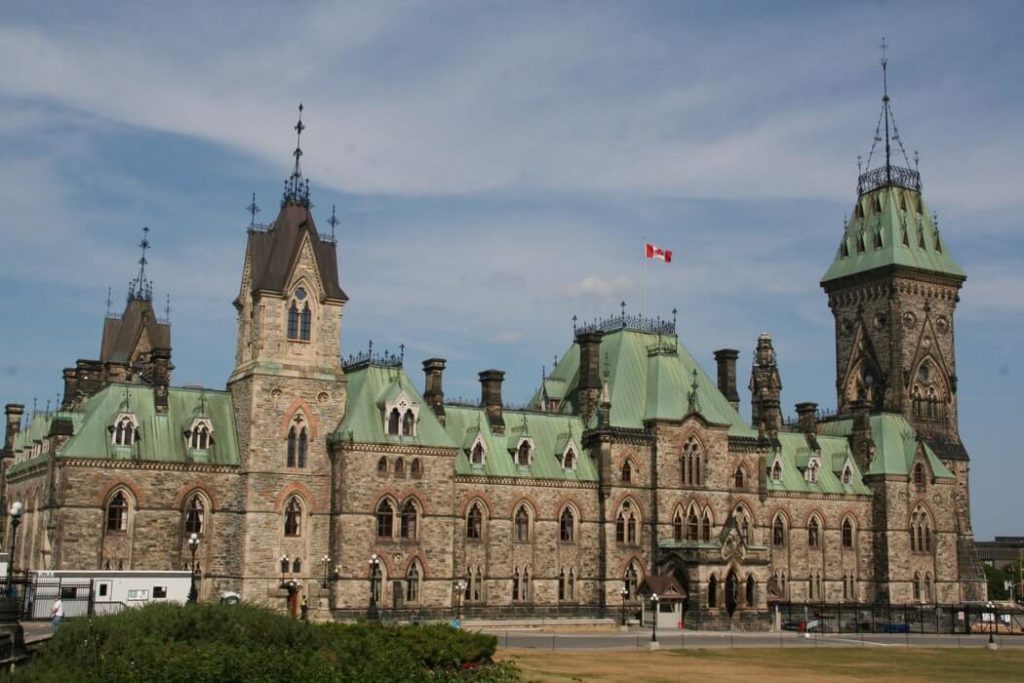Posted by Derek Champoux
4 years ago / November 19, 2019
Changes to Canadian Cannabis Distribution Model


Canada was careful in rolling out its legal cannabis program, despite garnering a considerable amount of criticism. But now that the Ontario Cannabis Store has reported losses of $42 million in its first fiscal year, it’s clear that something needs to change.
Current Issues With Cannabis Distribution
There was little precedent for distribution when Canada legalized recreational cannabis in October 2018. Yet, critics point out that Canada failed to learn from examples set by American states with legal cannabis.
The current model faces scrutiny from citizens for its high prices and low supplies. When the program rolled out, stocks were low and delivery was excruciatingly—even comically—slow.
The costs and availability aren’t just upsetting cannabis users. They are also failing to reduce the black market, which the program promised to do. People are still willing to take the risk of purchasing illegally for convenience and savings. The result is that criminal organizations can continue to profit, instead of those taxes going back into the community.
To some degree, the black market is likely to enjoy a price advantage, with price breaks for higher volume purchases. As well, the black market offers fresher cannabis that hasn’t been sitting around in vaults for months.
What the black market fails to offer, however, is the safety and certainty of product regulations. These regulations are especially important with products like vapable cannabis oils.
The current model is further plagued by the short supply of legal pot outlets. While this affects availability and costs for consumers, it also affects businesses. The current model is creating monopolies, not unlike how Bell and Rogers (Canadian media conglomerates) dominate the communication market here. The imbalance is creating unfair levels of opportunity that put emerging cannabis retailers at a disadvantage.
The Changes
Changes are coming. Criticisms aside, the government knew from the start that the road to legalization was going to be a bumpy one. Now, they are preparing to make some changes.
Increasing The Number of Cannabis Outlets
At the outset of legalization, Canadians had limited options. In Ontario, they could only buy cannabis online through the Ontario Cannabis Store. Although a small handful of stores came in the following months, they were still few and far between.
In Toronto, the largest city in the country, there are currently only five pot outlet stores. In fact, there are only 25 legal pot outlets in all of Ontario.
This is one of the first aspects that the distribution changes will address. Canada is going to be providing more licenses. In Ontario, that means tripling the number of outlets to 75. The second round of AGCO (Alcohol Gaming Commission of Ontario) winners were announced this August. This is a start towards providing better access and more retail opportunity.
Improving Distribution
Not all Canadian provinces are running into the same problems and criticisms. As such, the rest of the country is looking to successful regions for inspiration. Ontario, for instance, is now considering following Saskatchewan’s distribution model.
The current model has Ontario running wholesale cannabis distribution in the province. In Saskatchewan, the province doesn’t act as a middle man. The cannabis producers ship directly to retailers. This allows for lower prices as well as costing the province less to set up and operate. If successful, this could prove the right track for other Canadian provinces.
In addition to costs, they intend to develop plans for several other improvements, including distribution capacity, services and operations.
The Next Step in Cannabis Legalization
A variety of cannabis products, such as plants, seeds, and flower, have been available from the outset. The next round of legalization passed October 17, 2019, and included cannabis extracts, edibles, and topicals.
This next step in legalization has the potential to breathe new life into Canada’s legal pot industry. It will make it easier to compete with illegal dispensaries that already offer these products.
Legal cannabis extracts are sure to have a big impact. Cannabis vape pens are the fastest-growing segment in the legal cannabis market. As the trend continues to grow, Canadian vaporizer manufacturers will be able to contribute to a successful legal program. Canada’s strict regulatory system has the potential to be a gamechanger, allowing the country to better handle the black market vape crisis.
Canadian Vaporizer Manufacturers for Cannabis Producers & Retailers
The Canadian market is unique. Cannabis retailers and producers can turn to Canadian vaporizer manufacturers, who understand the market’s needs and desires, to find success in this next evolution of legalization.
Greentank is designed for quality and safety, offering a pure vapor flavor and experience. We are also the first vape manufacturer to offer certified child-resistant vape hardware.
To get the best prices on the best vape pens, contact us for wholesale quotes and questions.
Filed Under:
Interested in our products?
Contact us to find out how you can carry the most reliable vape hardware solutions on the market.
General Requests
Logistics
